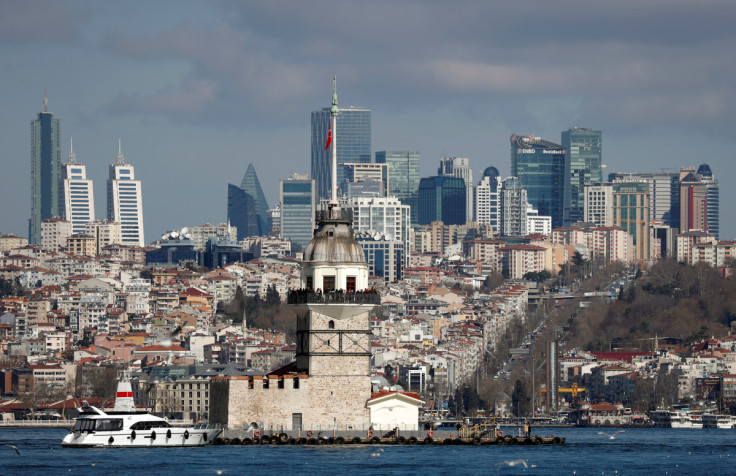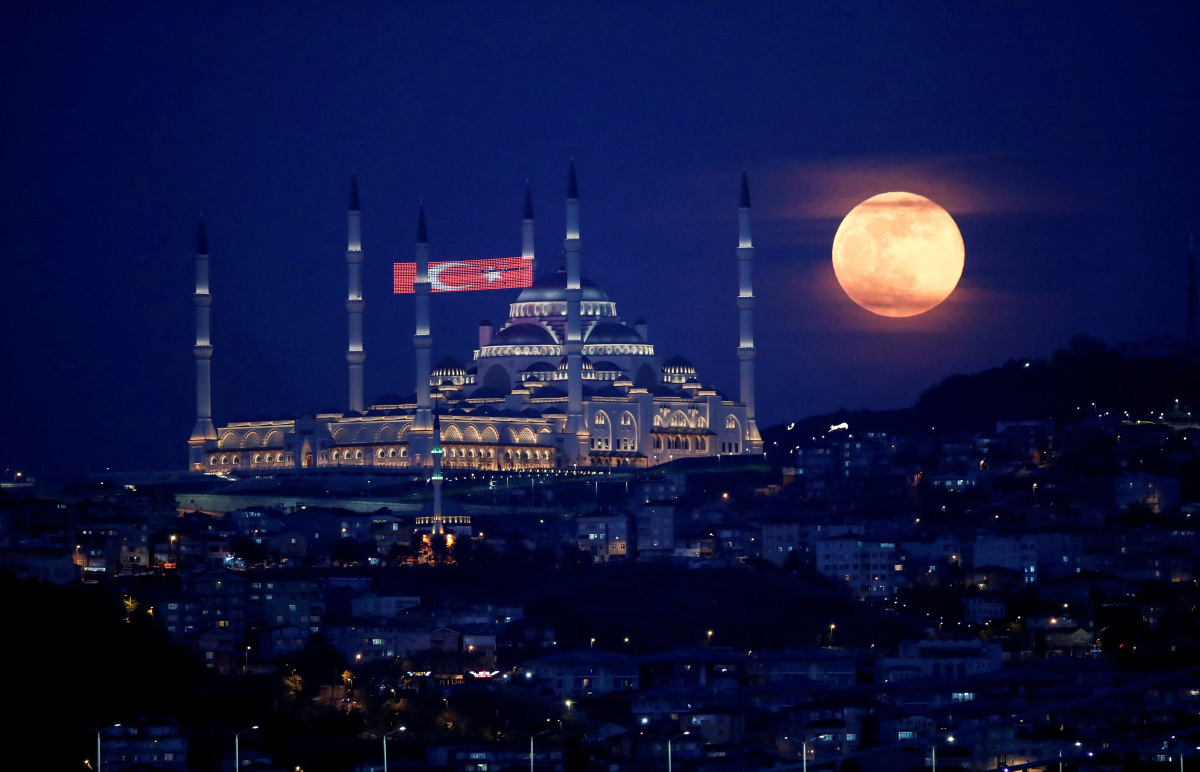Reuters
Earthquakes in southeastern Turkey that destroyed cities and killed 44,000 people have prompted authorities to look again at how the quake-prone nation might cope with a similar tremor in Turkey’s densely populated, northwestern industrial heartland.
Istanbul, Turkey’s biggest city with a population of 16 million and the country’s commercial engine, lies near fault lines that criss-cross the country. Two earthquakes three months apart killed nearly 20,000 in the northwest in 1999. Geologists say another could strike.
The Feb. 6 earthquake has caused about $34 billion in direct physical damage, the World Bank estimated on Monday, but total reconstruction and recovery costs could be twice as high. The southeast region has a sizeable manufacturing sector, albeit smaller than Turkey’s northwest.
A tremor on the scale of February’s quake in Istanbul, one of the world’s mega cities that lies on the strategic Bosphorus waterway, could wreak havoc and so require more preparation.
“This is (Turkey’s) industrial centre. Destruction of that magnitude here could have much graver consequences that could lead to the country’s destruction,” said Bugra Gokce, deputy secretary-general of the opposition-run Istanbul municipality.
“The state should view this as a national security problem and should prioritise and allocate resources here,” said Bugra, responsible for the municipality’s earthquake risk management.
This month’s earthquakes and the issue of preparedness for a major one in the northwestern Marmara region around Istanbul are set to be key issues in presidential and parliamentary elections which Turkey is scheduled to hold by June.
President Tayyip Erdogan’s two decade rule has been defined by a construction boom. He is now expected to face his biggest ever political challenge in those votes and has pledged a swift campaign to rebuild tens of thousands of homes after more than 180,000 buildings were destroyed in the latest quakes.
The Marmara region is home to 25 million people and accounts for just over 40 percent of the country’s gross domestic product (GDP) as of 2021, according to figures from Turkey’s Statistics Institute.
RAPID URBANISATION
It hosts many factories producing goods such as cement, textiles, automotive items and oil. It is a transit channel for international trade with numerous commercial and passenger ports and the Istanbul straits linking the Black Sea and the Mediterranean.
Turkey sits across several active fault lines, leaving it prone to large earthquakes. A branch of the North Anatolia faultline runs though the Marmara Sea, south of Istanbul.
Experts say attention needs to be focused once again on Istanbul’s readiness for a major quake, something that has been a matter of public debate periodically since the 1999 disaster.
“(Building) Standards could have improved over the past 25 years if steps had been taken systematically, but…that hasn’t happened,” Bugra said, warning that preparation for an earthquake in or near Istanbul was not a task for a single governmental entity and required a nation-wide effort.
“We need a mobilisation by all the state institutions….and have to transform policies and do this within the next 5-6 years,” Bugra said.
Since 1999, Istanbul has undergone a rapid wave of urbanisation, much of it under Erdogan’s rule. In 2018, the government introduced a so-called zoning amnesty across Turkey to legalise unregistered construction work, which engineers and architects warned could endanger lives.
The government denies criticism that it has been systematically lax on safety standards, but last week Turkish Justice Minister Bekir Bozdag acknowledged Turkey should no longer implement the amnesty and should review penalties on sub standard construction.
Bugra’s municipality is run by mayor Ekrem Imamoglu from the main opposition Republican People’s Party (CHP), who has clashed with Erdogan in the past and who is seen as a potential challenger to him in the presidential election.
He is set to announce a “mobilisation plan” for Istanbul on Wednesday.
Preparations for an earthquake hitting Istanbul should not be limited to evaluating and strengthening the buildings but also should expand to infrastructure work to secure the flow of energy and water, Bugra said.
Since the quake in the southeast, Istanbul municipality has received more than 100,000 applications for building resilience assessments, triggering the web site to crash, he said.

Reuters

Reuters






